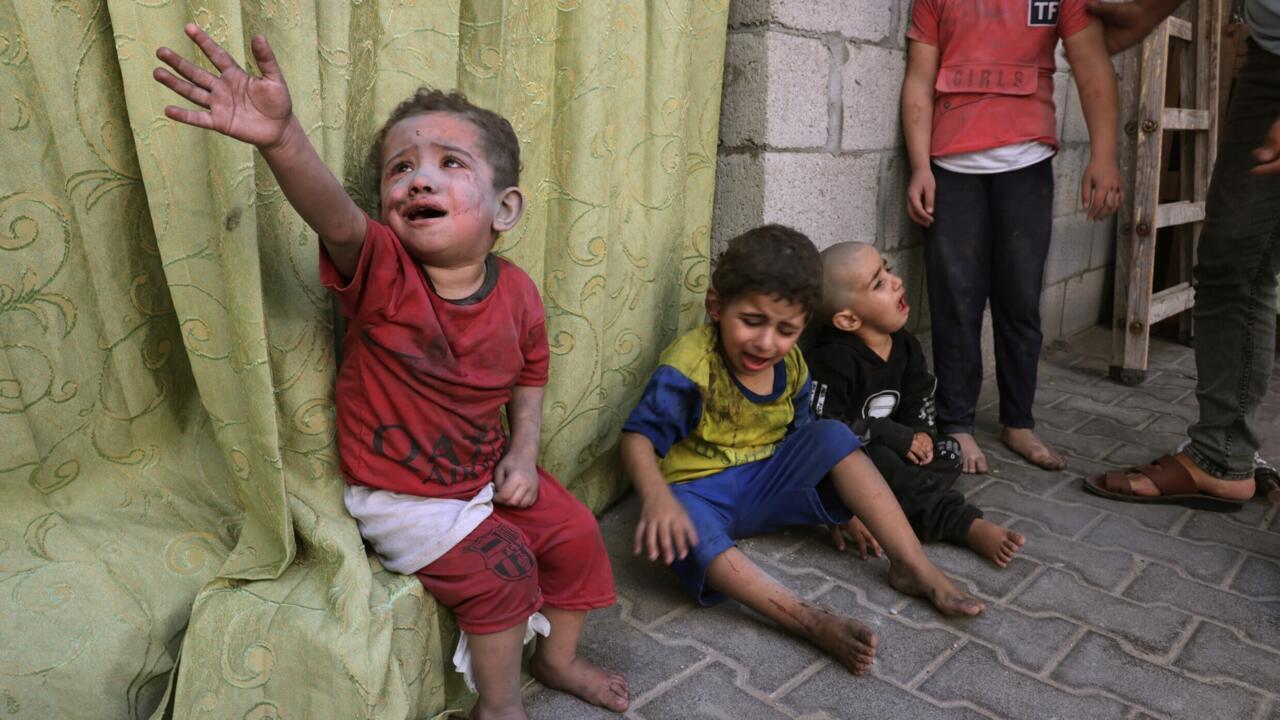
DiYES International School – Gaza’s Children are now facing one of the worst humanitarian emergencies in recent years as acute malnutrition claims dozens of lives. According to the World Health Organization, 21 children under the age of five have died from severe food insecurity in 2025 alone. The situation continues to deteriorate despite the partial easing of the blockade. Food, water, and medicine remain difficult to access in many areas. Experts warn that stocks of specialized therapeutic food will run out by mid-August unless immediate action is taken. This crisis is more than a nutritional emergency—it is a collapse of basic human survival. Families are living in displacement camps without electricity or sanitation. As public health systems break down, the risk of disease adds to the already unbearable toll. Global attention is needed not only to save Gaza’s Children today but to prevent an irreversible tragedy.
Malnutrition in Gaza has reached a level that humanitarian experts call catastrophic. Gaza’s Children are suffering from hunger not due to drought or famine but because of restricted access to food aid and essential supplies. Long queues for limited food distributions have become a daily struggle for thousands of families. Although some border crossings have reopened, the volume of aid remains insufficient.
Relief trucks are delayed at checkpoints and vital supplies like fortified milk and high-calorie therapeutic paste cannot meet growing demand. Mothers are reporting that their infants cry for hours due to hunger while local clinics run out of emergency nutrition packs. Malnourished children are more likely to die from treatable infections due to weakened immune systems. The situation reflects a breakdown not only in food access but in the entire infrastructure needed to protect vulnerable populations. The international community must recognize the urgency before Gaza’s Children face further devastation.
“Read about: Daydreaming or Something Deeper? What Your Kid’s Silence Could Be Telling You!”
Beyond food, Gaza’s Children are being pushed to the brink by a failing health system. Hospitals that once provided specialized pediatric care now operate without adequate electricity, clean water, or medicine. Ambulances are limited, and road damage makes transportation nearly impossible in some areas. Clinics that do remain open are overwhelmed by patients, with many children being treated on the floor. Diarrhea, pneumonia, and skin infections are spreading rapidly in crowded shelters and temporary housing. Health workers are pleading for assistance as they struggle with outdated tools and a lack of staff. In many cases, doctors have to make impossible decisions about which patients receive care. The World Health Organization has warned that without rapid international aid, preventable illnesses will continue to claim lives. Gaza’s Children cannot recover without a functioning medical system and coordinated support from governments, agencies, and NGOs.
The crisis facing Gaza’s Children goes far beyond hunger and disease—it also includes the trauma of displacement. Many children have been forced to flee their homes multiple times due to ongoing violence. They now live in overcrowded shelters with limited privacy, no schooling, and exposure to constant stress. Sleep disorders, anxiety, and depression are on the rise among young children who have witnessed destruction and loss.
The absence of psychological care in most areas leaves families unable to support their children emotionally. Humanitarian workers report that behavioral changes are evident, including aggression, silence, or detachment. Play therapy and school programs, which usually offer structure, are unavailable in most camps. This lack of emotional support adds another layer of long-term damage. Gaza’s Children are not only fighting to stay alive—they are trying to make sense of a world that has turned against them. Urgent mental health programs are needed now.
“Read more: Thinking of Replacing Your Garage Door? Read This First”
The final obstacle in this growing catastrophe lies in the restricted flow of humanitarian aid. International relief organizations have been granted limited access, and coordination remains slow. Bureaucratic delays and political conflicts have allowed life-saving supplies to pile up in warehouses or be rerouted. As a result, Gaza’s Children face a ticking clock. Stocks of therapeutic food designed to treat severe acute malnutrition are projected to run out by mid-August. Once these supplies are gone, survival chances for malnourished infants drop dramatically. Appeals have been made to lift barriers and allow unhindered aid access. Still, concrete action remains minimal. Every day of delay increases the human cost. The world holds the power to prevent more children from dying but must act collectively and immediately. The decisions made now will determine whether Gaza’s Children see another day or become forgotten victims of a preventable disaster.